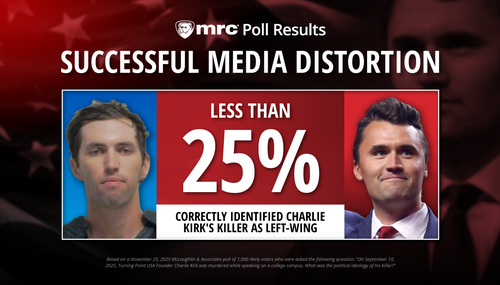Trust in the legacy news media today is so low than only one in 25 U.S. adult citizens place a great deal of trust in what they’re being told by television and newspaper reports, results of a new national survey reveal.
In the latest poll by The Economist/YouGov, conducted October 24-27, Americans were asked to rate the level of confidence they have in various institutions.
When it came to TV news, just 4% said they had “a great deal” of trust – while more than half (52%) said they had “very little.” Another 14% said they had “quite a lot” of trust and 30% reported having just “some.”
Likewise with newspapers, where 4% expressed a great deal of trust and 43% reported very little trust. Four times as many (43%) said they had only some trust as said they had quite a lot (11%), when it comes to what they read in newspapers.
Even so, adult Democrats voiced more confidence in traditional media than did Republicans. They also said they place their faith in different types of institutions, overall.
While 26% of Democrat citizens said they had either great (6%) or a lot (20%) of trust in the news they get from television, only half as many (13%) Republicans shared that sentiment (4% and 9%, respectively).
Democrat trust in newspapers was virtually the same regarding newspapers, with 24% reporting either great (5%) or a lot (19%) of confidence in what they’re being told. Here, however, Republicans were even more dubious (3% and 4%, respectively), as only 7% voiced the same level of trust.
Regarding the types of institutions they have great/quite a lot of trust in, Democrats voiced more confidence in:
- Public schools (42%, vs. 18% of Republicans).
- Organized labor (39%, vs. 9%).
- The medical system (37%, vs. 25%).
In contrast, Republican citizens were most likely to say they trust:
- The military (74%, vs. 42% of Democrats).
- The presidency (64%, vs. 5%).
- Small business (63%, vs. 42%).
- The police (61%, vs. 34%).
- Church/organized religion (42%, vs. 16%).




